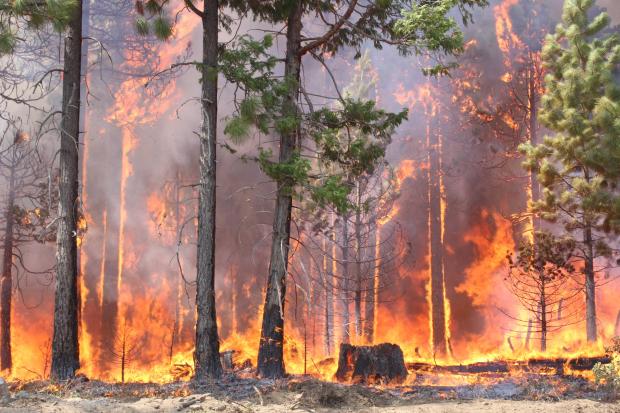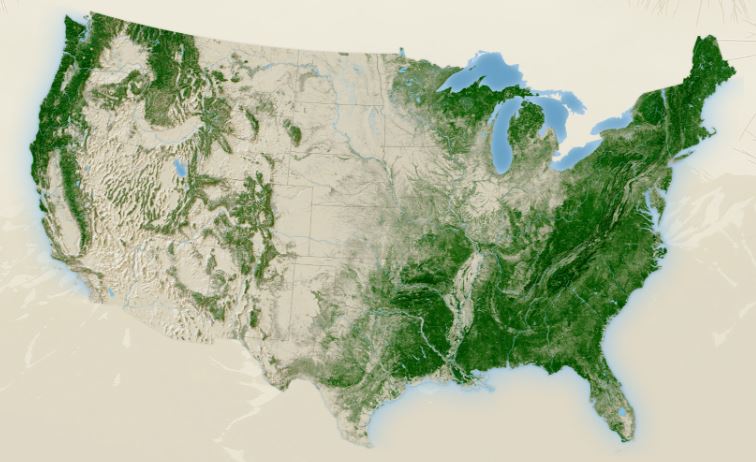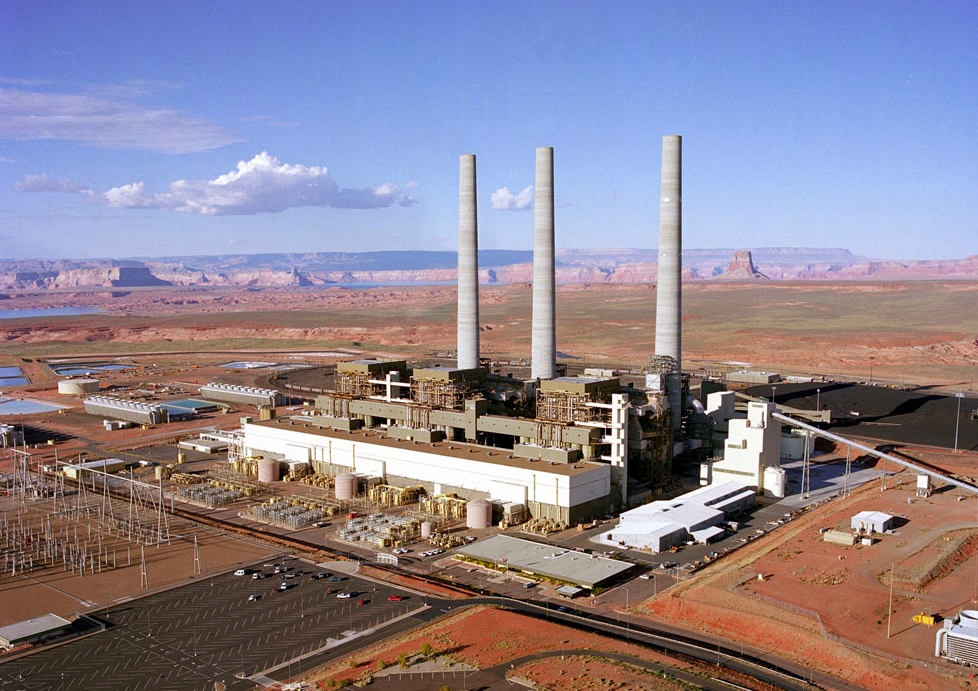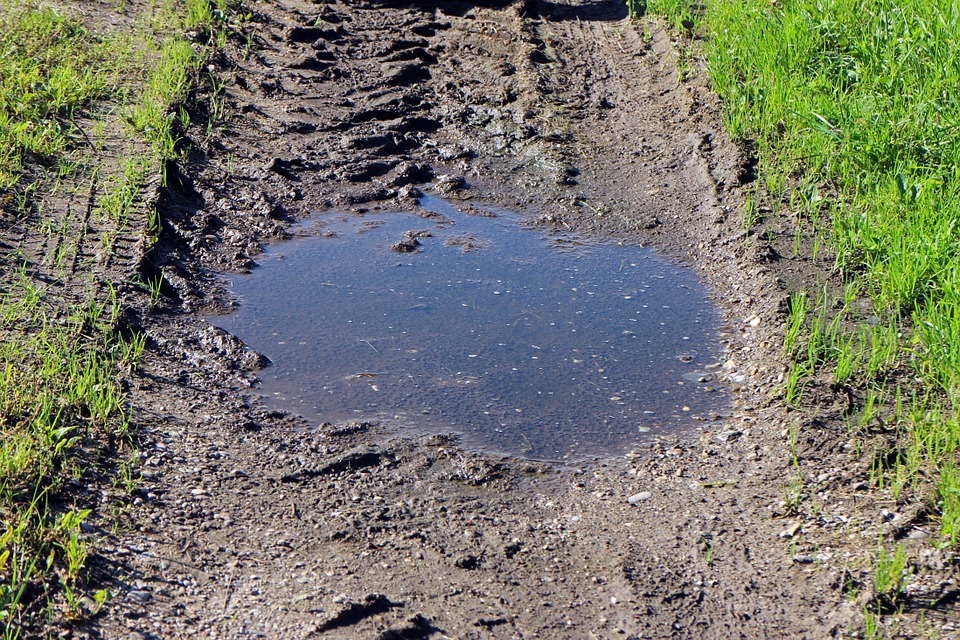You want to save a forest? Buy wood products and plant trees. Those are ways to ensure that overgrown forests are properly managed and replanted for the future. Buying wood products keeps forest land forested. Otherwise, land owners may convert the land into something else.
Chaille Brindley
Thinking Ahead: Losing the Forests Because We Are Trying to Save the Trees

Exploring Facts behind the Current State of U.S. Forests
Pallet Enterprise publisher explains the Forest Service has developed detailed analysis and data, but what it really needed is government leadership to act to prevent wildfires, overgrowth and forest pests.
The truth about America’s forests is that we aren’t running out of trees. But we are faced with worsening forest health conditions in many parts of the country. So who’s to blame?
Well there are many culprits. From overgrowth and improper management to fighting smaller fires to save private buildings to invasive species to lawsuits tying up active management and harvesting on federal lands. Of course, the climate is changing and many areas, especially in the West, have faced drought conditions, which adds to tree mortality. Federal control has locked up a lot of forestland. And while this may sound good to some, it also means that areas needing to be managed or thinned have been allowed to overgrow. And this creates unhealthy forest conditions.
According to the U.S. Forest Service, more than 800 million acres of natural and planted forests and woodlands exist in the United States. The Wall Street Journal recently carried an article citing figures from the U.S. Forest Inventory and Analysis program (FIA). The article stated that there are more than 96.6 billion trees in the country measuring at least five inches in diameter. That’s a lot of trees. So it isn’t that we are running out of trees.
In fact, the Forest Atlas, which is produced by the Forest Service, stated that “Harvest volumes generally represent a low percentage of standing timber volume.” In many areas, harvests are much less than half the annual growth each year. Trees cover about one third of the country according to a recent article by the Woodworking Network.
However, we keep on hearing about massive forest fires in various parts of the country, particularly the West. Last year, the Forest Service announced that since 2010 over 102 million trees have died in California. Last year alone that figure was 62 million thanks to extreme drought conditions and other factors. The Forest Service has pointed to budget troubles, which surely exist. But another obstacle is the reality that thinning and timber salvage operations continue to face strong opposition from court battles and other efforts to prevent active management.
America’s forests need active management and the funds to do it. While President Trump and Congress want to make America great again, one area that can use some green (meaning money) is the Forest Service budget for wildfire prevention and active land management. The good news is that recent rains, flooding and larger than usual snowpacks in the West may give the country some relief this year from horrible wildfires. But there is no guarantee that the weather this winter will repeat next year.
And if something isn’t done, the problem will only get worse destroying more forests and increasing the funds needed in the future to fight even larger fires. But this issue is not getting much press with everyone focused on the latest tweet made by President Trump.
What can we in the forest products industry do about the situation? We need to make sure that voters know the truth. They need to understand how important forests are to the environment and the economy of the country. They need to realize that the forest products industry is a key part of the solution if we want to develop cost effective answers to our forest health problems.
You want to save a forest? Buy wood products and plant trees. Those are ways to ensure that overgrown forests are properly managed and replanted for the future. Buying wood products keeps forest land forested. Otherwise, land owners may convert the land into something else.
Charles Perry, the team lead of the Engagement Portfolio with the Forest Service, commented on a talk about the government’s forest data and outreach programs. Perry said, “Forest management activities are strongly influenced by patterns of ownership.” This means that who owns the land and their priorities will shape the future of America’s forests.
One of the best ways to ensure that people understand the importance of forests is to learn about them. And the Forest Service has developed a great resource online with its Forest Atlas. This interactive website has information on forest ecology, trees and environmental impacts, the forest products industry and much more. From climate change and forest fire to species migration, the website is a great way to learn about key factors impacting America’s forests. The Forest Atlas is a great resource that you should check out at https://forest-atlas.fs.fed.us/
Much of the research is based on the FIA, which is based on field plot analysis, mapping using satellites, and other scientific methods. The Forest Service makes this data available to the public, including researcher and industry groups. Analysis from this data helped the American Hardwood Export Council (AHEC) develop a website that explains how quickly certain hardwood products grow back. The idea is to debunk the thought that wood products take a long time to grow back. You can see for yourself at http://growninseconds.org/
According to AHEC, the Grown in Seconds website shows how nine impressive hardwood projects can be regrown quickly based on Life Cycle Assessment of each piece. Examples shown on the site include a spectacular M.C. Esher-inspired staircase that would take just two minutes to replace, a design-savvy shed (a mere 14 seconds), a wooden workspace (five seconds), decking (25 seconds) and even a bespoke pencil sharpener (0.02 seconds).
AHEC stated, “Around a third of the United States is forested and nearly half of this resource is devoted to growing and harvesting hardwood. These forests are so vast and trees are felled so selectively that the timber that is cut down, dried, milled and machined to make furniture, buildings or products is replaced by natural regrowth within a matter of seconds. In many cases, the annual growth rate of the hardwoods in the American forest far outweighs the harvest rate; just 40% of the American cherry which naturally regrows each year is harvested.”
While you don’t want to use any natural resource that is unnecessary or wasted, it isn’t an environmental sin to use wood products. Actually, the opposite is true. Wood products are among the best environmental choices in many applications. More wood products means more land managed in the future as forests. It also provides a way to cost effectively process timber salvage. And if everything has to be made of something, and wood is better than many other alternatives from a LCA perspective, why not wood? I remember what noted ecologist and Greenpeace co-founder, Patrick Moore, once declared, “Trees are the answer.”

Free Range Report


